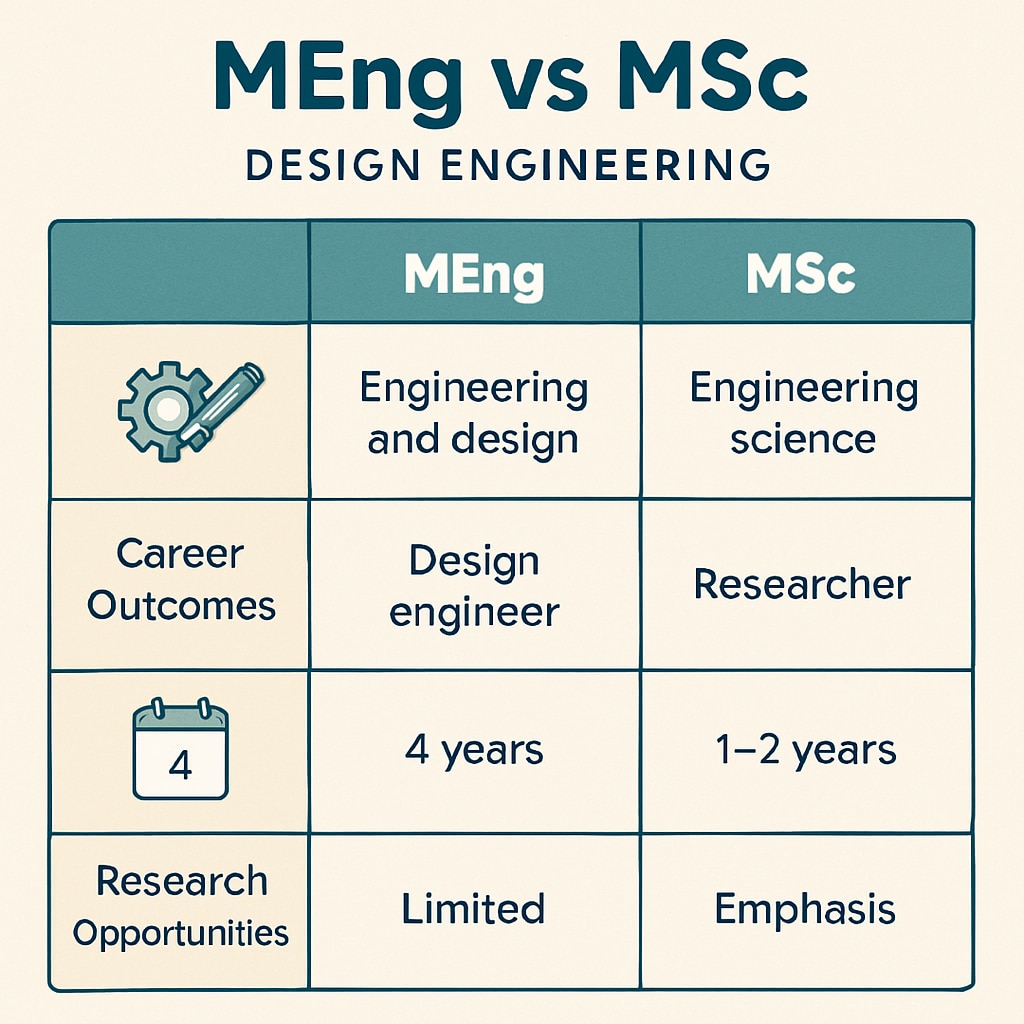Choosing the right degree in design engineering is a pivotal moment for students. Decisions between pathways such as a Master of Engineering (MEng) or Master of Science (MSc) can significantly impact employment opportunities and career trajectories. These choices, however, are not made in isolation—they are deeply influenced by the foundations laid during the K12 education stage. By fostering skills such as long-term planning, problem-solving, and career judgment, K12 educators play a critical role in preparing students for success in this competitive field.
The Role of K12 Education in Shaping Career Competitiveness
K12 education serves as the primary phase for developing foundational skills and nurturing interests that lead to future career choices. Early exposure to STEM (Science, Technology, Engineering, Mathematics) subjects, combined with creative problem-solving tasks, can ignite a passion for design engineering. For example, hands-on projects, such as building models or programming robots, help students understand the practical applications of engineering principles.
Additionally, K12 educators can encourage students to explore various engineering specialties, including design engineering, through mentorship programs, career fairs, and industry partnerships. By doing so, students develop the ability to make informed decisions regarding their academic and professional paths.

MEng vs MSc: Navigating Degree Pathways
When students reach the stage of choosing between an MEng or MSc in design engineering, their decision often reflects the skills and interests cultivated during K12 education. An MEng typically emphasizes professional practice and industry-oriented projects, while an MSc leans toward research and theoretical study. Both pathways offer distinct advantages, but the choice will depend on the student’s career goals and the groundwork laid during their earlier education.
For instance, students with strong analytical skills and an interest in innovation may gravitate toward an MSc, where they can contribute to advancing engineering knowledge. On the other hand, those seeking hands-on experience and immediate entry into industry roles may prefer an MEng. Educators and parents can guide students by emphasizing the importance of aligning degree choices with their long-term aspirations.

Practical Strategies for K12 Educators
To prepare students for success in the design engineering field, K12 educators can implement several strategies:
- Introduce project-based learning that combines technical skills with creativity.
- Offer career exploration programs that include guest lectures from design engineering professionals.
- Encourage students to participate in STEM competitions and workshops to develop teamwork and critical thinking.
- Provide guidance on academic pathways, including the pros and cons of MEng and MSc degrees.
By fostering curiosity and a strong skill set, K12 teachers can help students navigate the crossroads of higher education and career planning with confidence.
Conclusion: Building Long-Term Success
The intersection of K12 education and the design engineering degree decision is a crucial point in shaping a student’s future. By equipping students with knowledge, skills, and the ability to make informed choices between MEng or MSc pathways, educators can significantly influence their career competitiveness. As a result, students are better prepared to excel in the dynamic and demanding field of design engineering, ensuring that their decisions today lead to fulfilling careers tomorrow.
Readability guidance: This article uses concise paragraphs, clear subheadings, and lists to enhance accessibility. It balances technical details with practical advice, ensuring clarity for readers with varied expertise levels.


